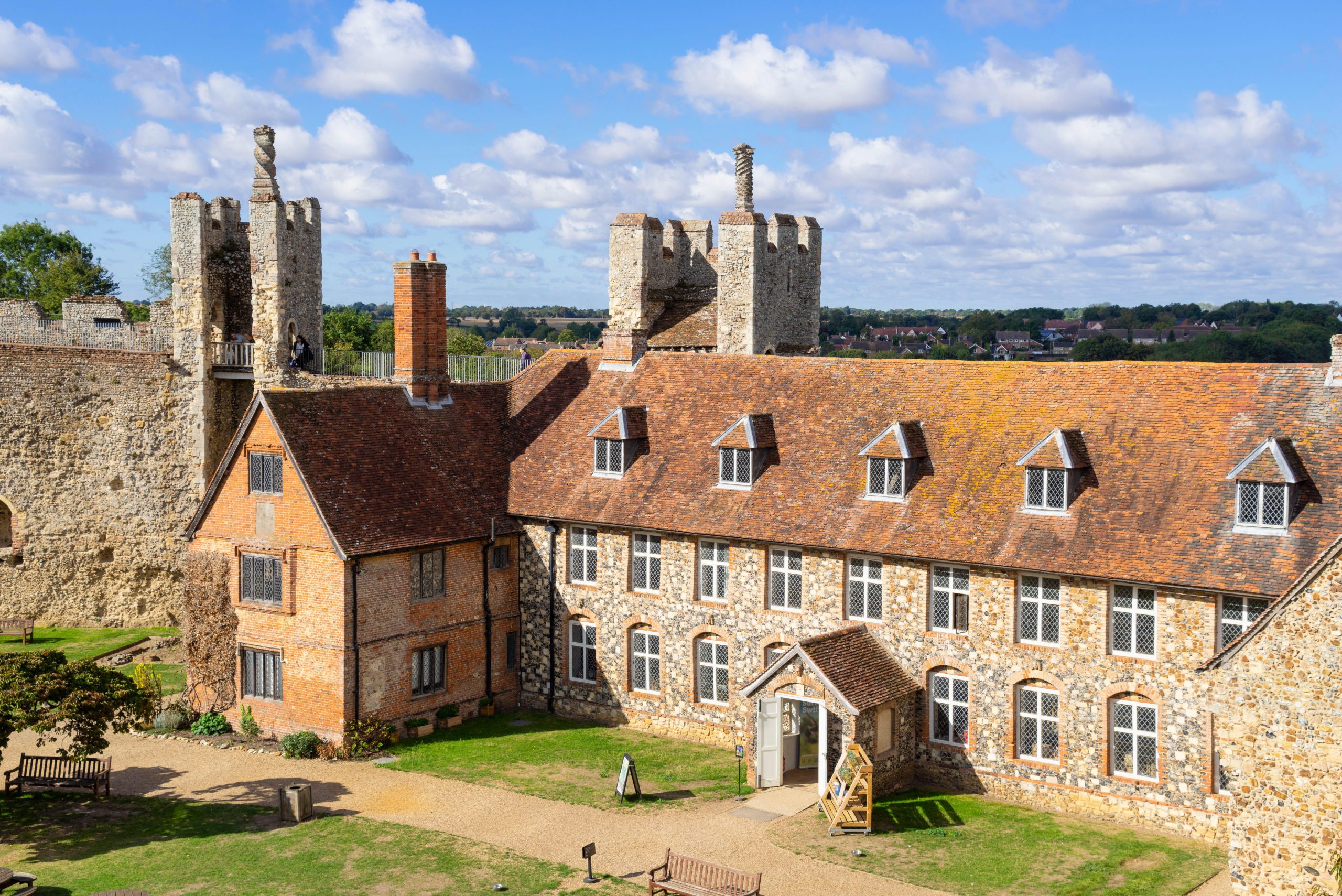Best things to do in East Anglia
From Anglo-Saxon treasures and medieval castles to the home of one of Britain’s best-loved composers, here’s our pick of the best places to visit in East Anglia
Framlingham Castle, Suffolk
Once a magnificent stronghold of the powerful Dukes of Norfolk, 12th-century Framlingham Castle is a wonderfully imposing moated fortress with impressive medieval battlements and almost a thousand years of stories to tell – it’s certainly one of the most awe-inspiring sights in all of East Anglia.
Built in the wake of the Norman conquest by a knight, Roger Bigod, the castle found itself at the centre of a history-making Tudor succession crisis when a young Mary Tudor (‘later, ‘Bloody Mary’) was declared the first queen of England here in 1553.
If you’re brave enough, follow the 10-metre-high wall walk around the castle’s medieval battlements, offering spectacular views of the surrounding Suffolk countryside. Although none of the castle’s original interior buildings remain, visitors can step inside the 17th-century workhouse built within the castle walls.
english-heritage.org.uk/visit/places/framlingham-castle/
Sutton Hoo, Suffolk
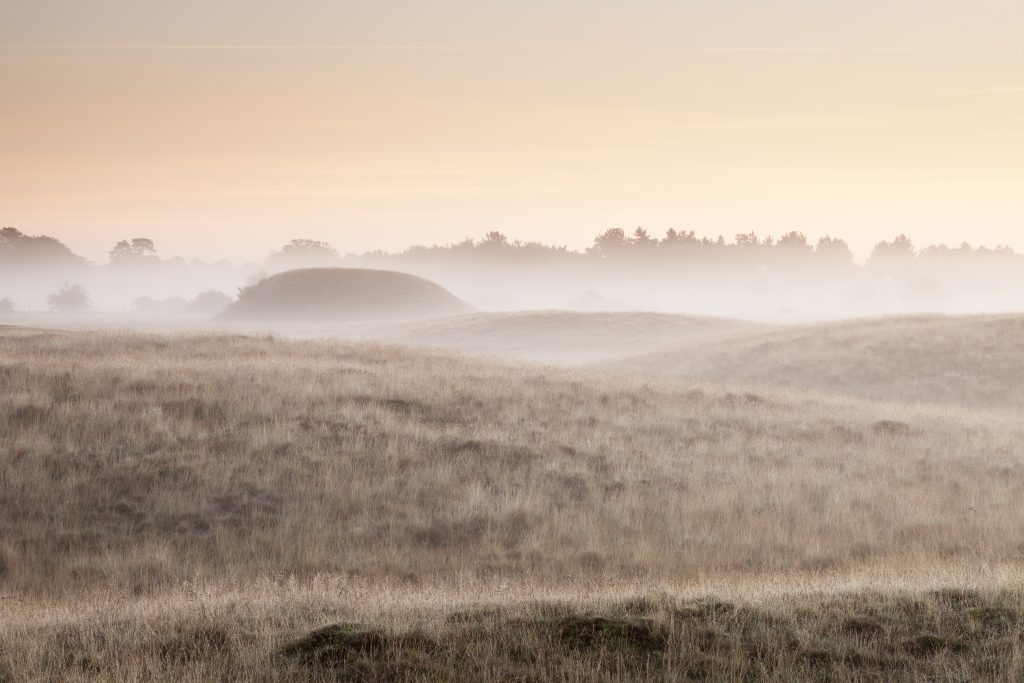
In a sleepy corner of Suffolk, the beautiful 255-acre Sutton Hoo estate is the site of the one of the greatest archaeological discoveries of all time. In 1939 an early medieval burial ground was uncovered on the site, which included the grave of the Anglo-Saxon King Rædwald of East Anglia.
Remarkably, the burial included a ship (though the wood had rotted, the imprint remained in the sand) fully equipped with treasures to take the king’s body into the afterlife, including magnificently bejewelled helmets, swords, and jewellery – it is the richest burial hoard ever found in northern Europe and it exploded the myth of Anglo-Saxon England as being the ‘Dark Ages.’
Visit to walk around the Royal Burial Ground, find out about the ground-breaking archaeological work that took place here, and see original and replica objects of the Anglo-Saxon treasures discovered.
nationaltrust.org.uk/visit/suffolk/sutton-hoo
The Red House & The Scallop, Aldeburgh
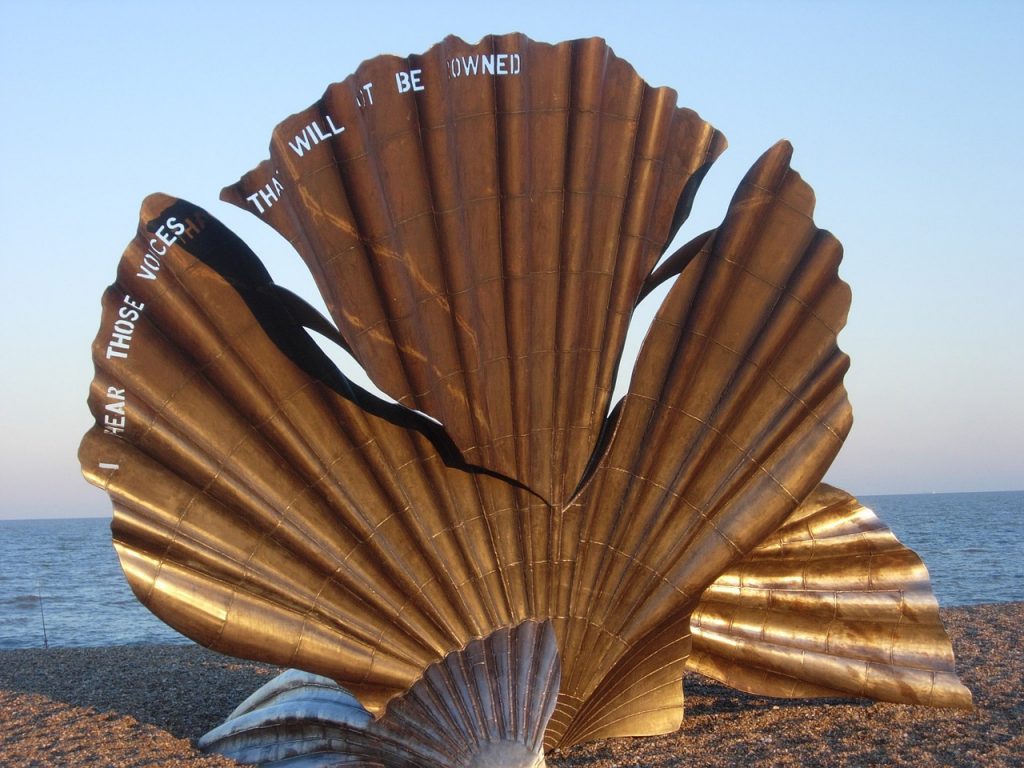
Fans of Benjamin Britten should make a beeline for the Suffolk seaside town of Aldeburgh, where the composer lived with his partner Peter Pears, also a musician, from 1957 until his death in 1976. On Aldeburgh beach, a sculptural dedication to Britten by Maggi Hambling, a local artist, is a must-see for your visit. Scallop is placed where Britten walked daily and was designed for walkers to sit on and contemplate the mysterious power of the sea that so inspired Britten and his music.
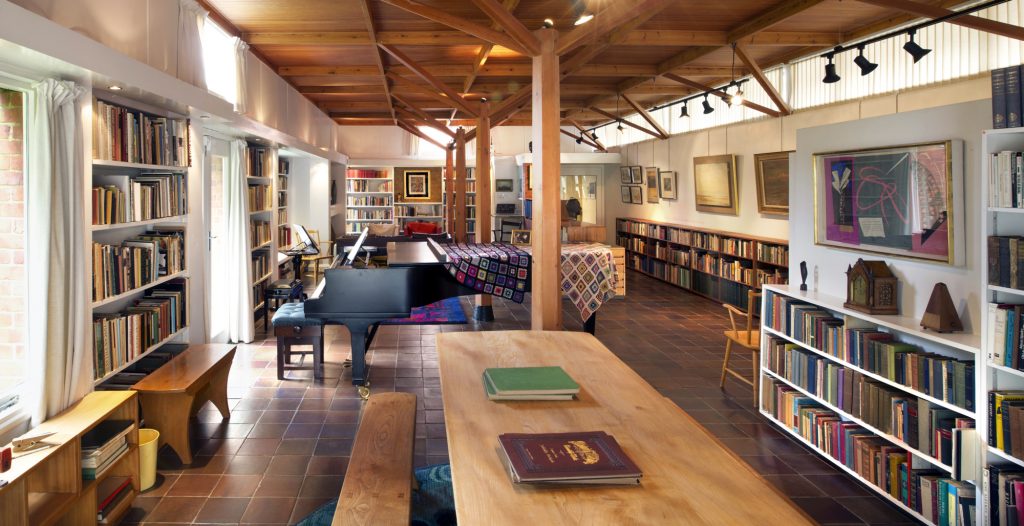
Britten and Pears’ house, The Red House, is well worth a stop too. The lovingly preserved Grade-II 17th-century farmhouse and gardens offer a snapshot into the composer’s life here with his partner, and is home to their incredible, eclectic collection of art, artefacts, furniture, and furnishings from pre- and post-war Britain.
Norwich Cathedral, Norwich
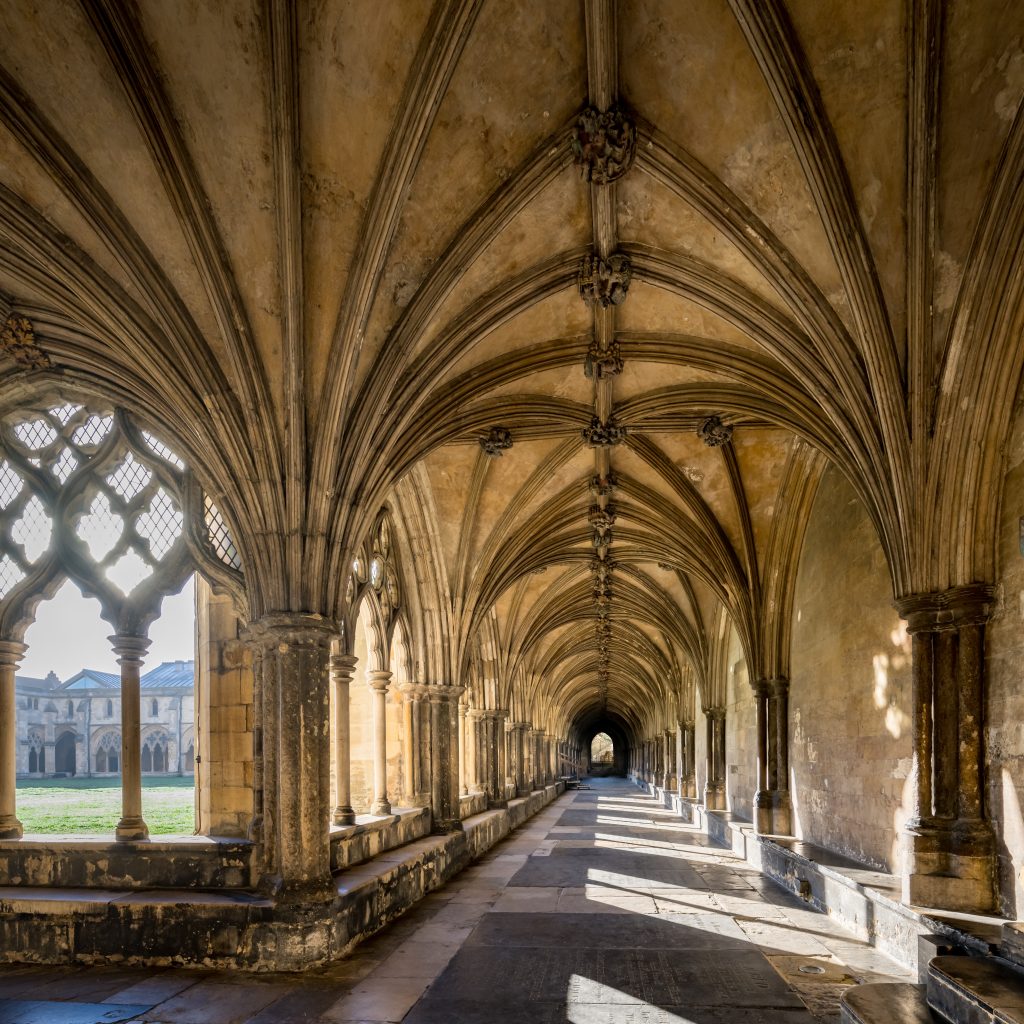
Crowning Norwich’s skyline for more than 900 years, Norwich Cathedral dates to 1096 when it started life as a Benedictine monastery, founded by Herbert de Losinga, the first Bishop of Norwich, whose 900-year-old grave can still be seen in front of the cathedral’s high altar. Home to the largest Norman tower in England, the cathedral’s original Romanesque architecture is still mostly intact. Visitors can also see a statue and stained-glass representations of Julian of Norwich, a local medieval female saint who chose to be permanently walled up in a cell. The book she wrote in her cell Revelations of Divine Love is the first surviving female-written book in English, and she is one of the city’s best loved citizens.
Oxburgh Hall, Norfolk
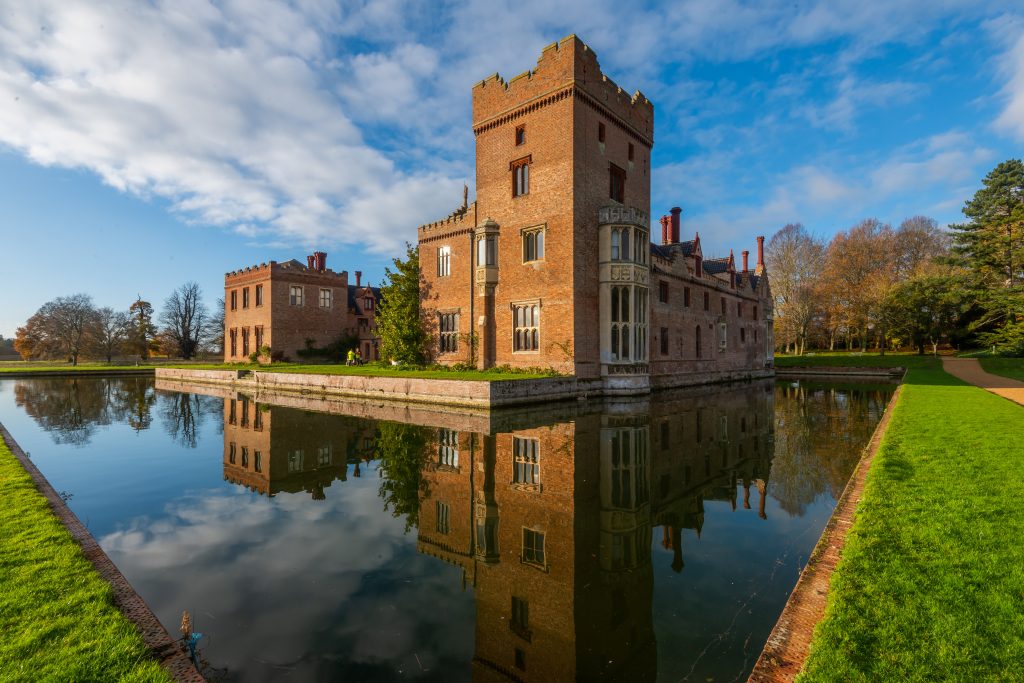
Home to the Bedingfeld family for 500 years, Oxburgh Hall is a magnificent Grade I-listed 15th-century red-brick moated country house, telling the story of the family’s unshakeable Catholic faith and endurance through persecution, Civil War and near demolition. Built in 1482, inside, the hall’s storied past is reflected with original Victorian interiors and medieval-style architectural additions.
Look out for the priest hole constructed to hide Catholic priests during the Catholic persecution in the 16th century, and the Oxburgh Hangings – needlework hangings made by Bess of Hardwick and Mary, Queen of Scots while she was imprisoned in England. Step outside to explore the gardens, a perfect mix of formal and wilderness with a kitchen garden and an orchard, and the beautiful surrounding woodland leading to open meadows. One of the most beautiful gardens in all of East Anglia.
Nationaltrust.org.uk/visit/norfolk/oxburgh-estate
Sandringham Estate, Norfolk
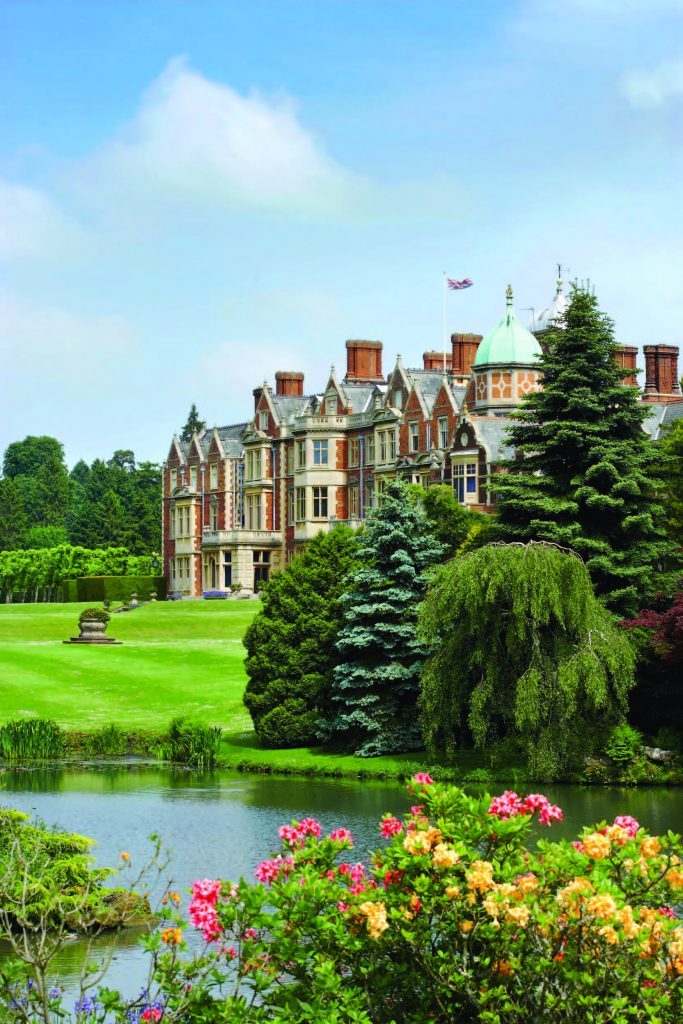
The much-loved country retreat of the British Royal Family, Sandringham has been the private home of four generations of British monarchs since 1862. Built by King Edward VII, the son of Queen Victoria, and Queen Alexandra in Jacobean style, the house is home to a collection of treasures dating back to Victorian times.
The main rooms of the house are still used by the family today and are open for the public to see, including where the first ever televised Christmas broadcast took place. The house holds regular exhibitions too, such as this year’s Watercolours by His Majesty The King (until 12 October 2023). Explore 60 acres of glorious gardens landscaped by one of the 20th-century’s leading garden architects, Geoffrey Jellicoe, including ancient trees, two lakes, and a summer house called ‘Alexandra’s Nest.’
This is an extract, read the full feature in our October/November 2023 issue of Discover Britain, available to buy here from Friday 8 September.
Read more:

